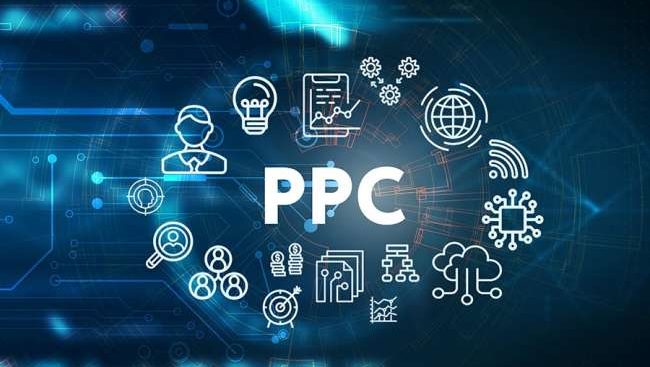Pay-Per-Click (PPC) advertising has become an indispensable digital marketing strategy for businesses looking to drive targeted traffic, generate leads, and increase conversions. In this comprehensive guide, we’ll explore the fundamentals of PPC, best practices, key metrics, and the benefits it offers to businesses.
What is PPC Advertising?
PPC advertising is a model in which advertisers pay a fee each time their ad is clicked. It allows businesses to bid for ad placement in search engine results pages (SERPs), social media platforms, websites, and other digital channels. The most common platforms for PPC advertising include Google Ads (formerly Google AdWords), Bing Ads, Facebook Ads, LinkedIn Ads, and Twitter Ads.
Key Components of PPC:
- Keyword Research: Similar to SEO, PPC begins with keyword research to identify relevant search terms that users are using to find products or services in your industry. Using tools like Google Keyword Planner, SEMrush, and KeywordTool.io can help in discovering valuable keywords with high search volume and low competition.
- Ad Campaign Creation: Creating targeted and compelling ad campaigns is crucial for PPC success. This involves writing engaging ad copy, selecting relevant keywords, setting budget limits, defining target audiences, and choosing ad formats (text ads, display ads, video ads, etc.).
- Ad Groups: Grouping keywords and ads into thematic ad groups allows for better organization, relevance, and targeting within PPC campaigns. This helps improve ad quality scores and ad relevance, leading to higher ad rankings and lower costs per click (CPC).
- Bid Management: Bidding strategically on keywords and adjusting bids based on performance metrics (like click-through rate, conversion rate, and cost per conversion) is essential for optimizing PPC campaigns. Automated bidding strategies offered by platforms like Google Ads can help in maximizing ROI and achieving campaign goals.
- Ad Extensions: Utilizing ad extensions such as sitelink extensions, callout extensions, location extensions, and structured snippets can enhance ad visibility, provide additional information to users, and increase click-through rates (CTR).
- Conversion Tracking: Implementing conversion tracking tags or pixels on your website allows you to track and measure the effectiveness of PPC campaigns in terms of lead generation, sales, sign-ups, downloads, or other desired actions.
Best Practices for Effective PPC:
- Conduct thorough keyword research and create targeted ad groups with relevant keywords.
- Write compelling ad copy that highlights unique selling propositions (USPs) and encourages clicks.
- Use ad extensions to provide additional information and improve ad visibility.
- Optimize landing pages for conversion by aligning them with ad messaging and ensuring a seamless user experience.
- Regularly monitor, analyze, and optimize PPC campaigns based on performance metrics and insights.
- Test different ad variations, bidding strategies, and targeting options to find the most effective approach.
Benefits of PPC Advertising:
- Immediate Results: PPC campaigns can drive instant traffic and visibility to your website or landing pages.
- Targeted Advertising: PPC allows for precise targeting based on keywords, demographics, interests, behavior, and location.
- Flexible Budgeting: You can set and adjust daily or monthly budgets according to your advertising goals and financial constraints.
- Measurable ROI: PPC platforms provide detailed analytics and reporting tools to track campaign performance, conversions, and return on investment (ROI).
- Competitive Advantage: Effective PPC strategies can help you outrank competitors, capture market share, and reach potential customers before your competitors do.
- Scalability: PPC campaigns can be scaled up or down based on performance, seasonality, promotions, or business objectives.
In conclusion, PPC advertising is a powerful digital marketing tool that offers businesses the opportunity to reach their target audience, drive qualified traffic, and achieve measurable results. By following best practices, optimizing campaigns, and leveraging data-driven insights, businesses can harness the full potential of PPC to enhance their online presence and drive business growth.

